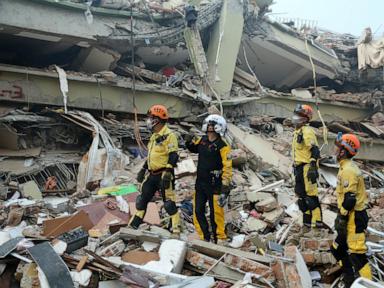During the devastating earthquake that struck Myanmar and Thailand this weekend, horrified viewers around the world watched a 30-story Bangkok high-rise collapse in a scene reminiscent of the New York twin Towers on 9/11. The 7.7 magnitude tremor has killed more than 2,700 and caused widespread destruction in the region.
The event was an unfortunate reminder of the extreme perils of seismic activity on the planet.
In just the past five years, the earth has experienced 59 earthquakes of 7.0 magnitude or greater, causing over 70,000 fatalities. Even more astonishing are the “big ones,” such as the 2004 Indian Ocean earthquake, with over 227,000 fatalities, or the 2011 Tohoku earthquake and tsunami, which was the world’s costliest natural disaster, resulting in approximately $360 billion in property damage, as well as the ever-present environment contamination from the damaged Fukushima nuclear plant.
These statistics are a cause for grave concern in the Pacific Northwest of the United States, where scientists predict that there is a 37 percent chance that a megathrust earthquake of 7.1 magnitude or greater will occur in the next 50 years. Such a natural disaster would cause extensive damage throughout the region, crippling infrastructure and causing citizens to live without access to fully functioning roads, water, electricity and sewage for many weeks.
The last major quake in the region’s Cascadia Subduction Zone occurred in 1700, with an approximate magnitude of 9.0. The estimated likelihood of another event of that magnitude over the next 50 years is about 15 percent. While seemingly small, the impact would be enormous, with 1,100 earthquake fatalities anticipated, as well as 13,000 tsunami deaths and 24,000 individuals injured.
The U.S. Geologic Survey (USGS) insists that earthquake forecasting is not possible. Thus, the agency only calculates the probability ...












